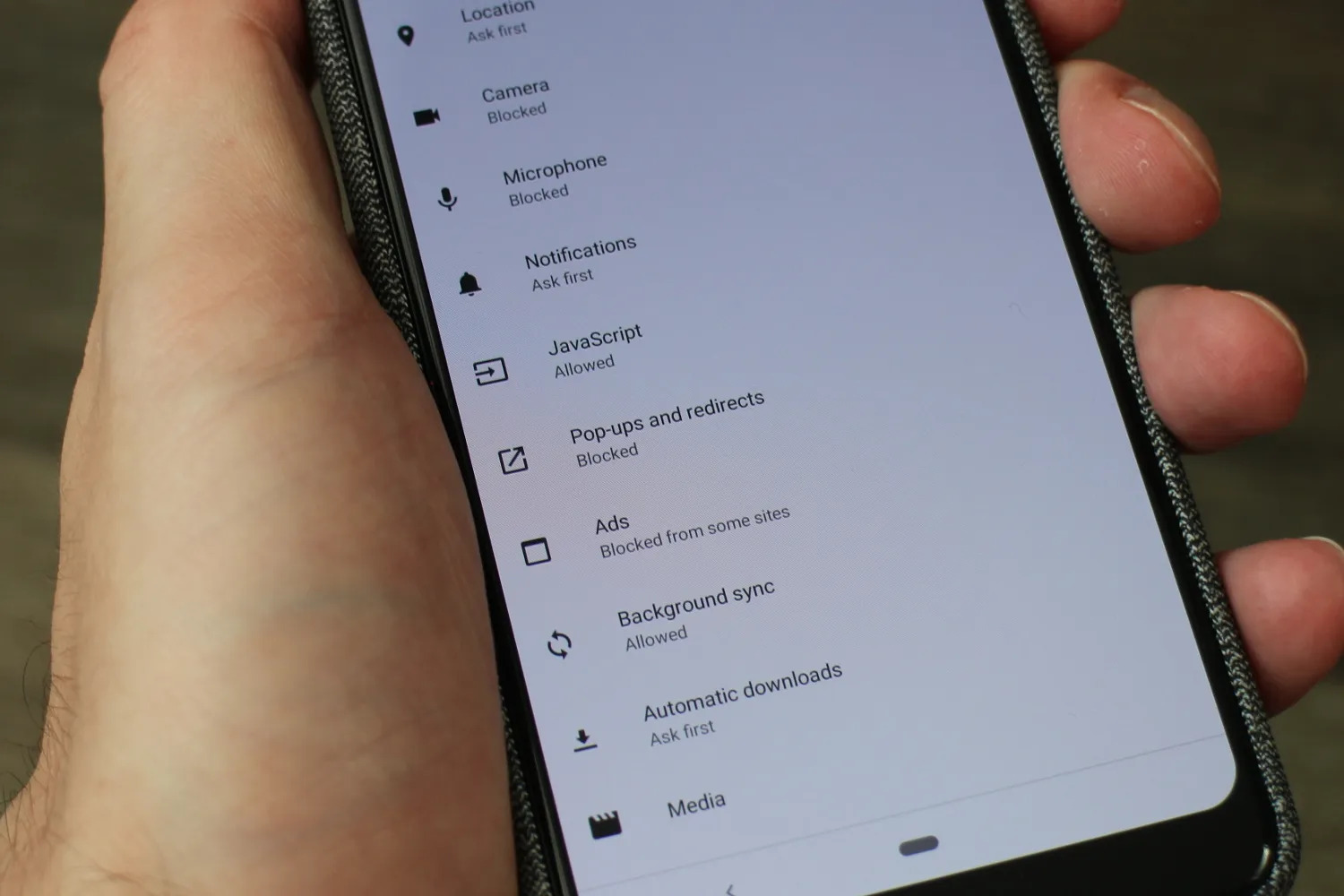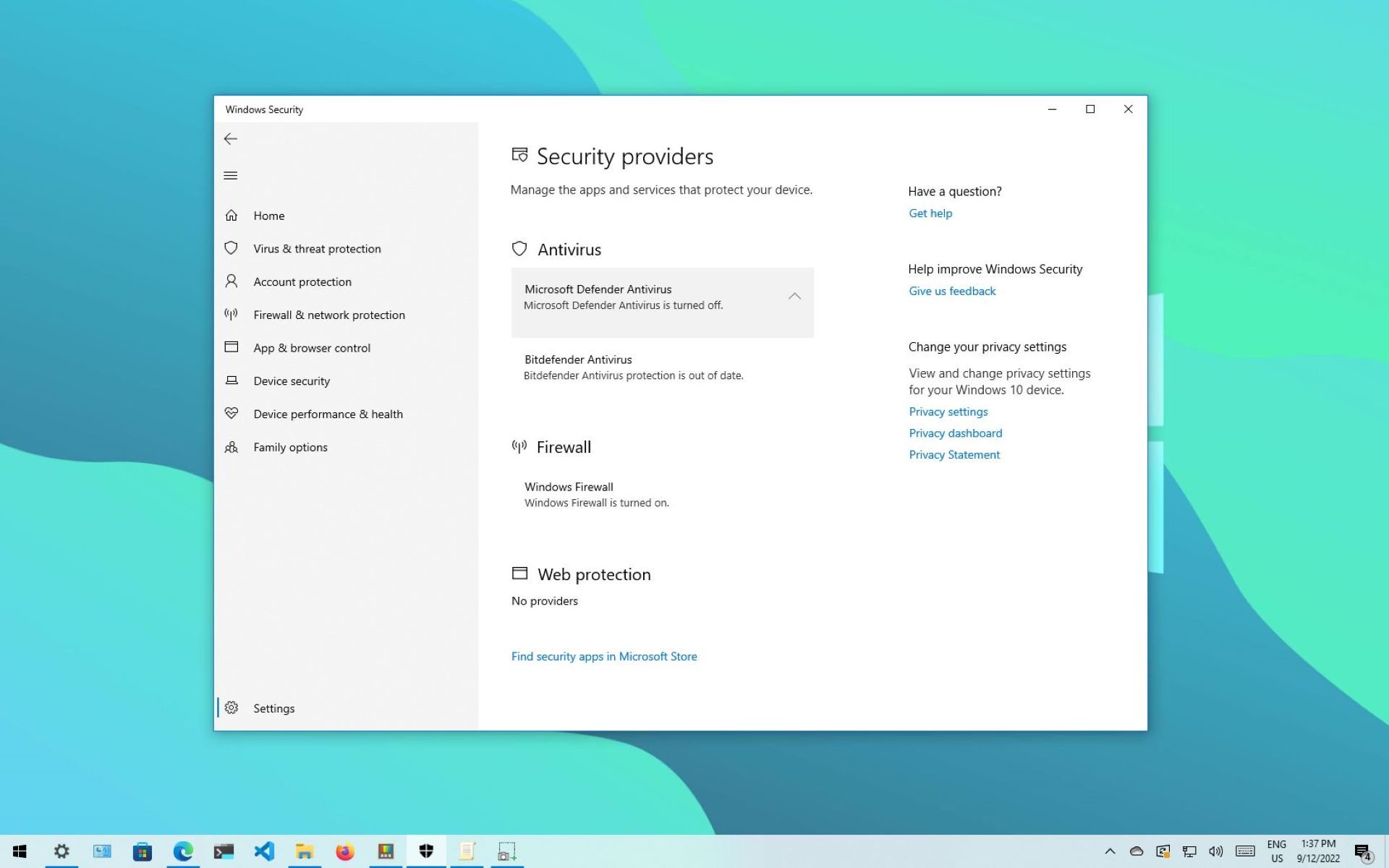Introduction
In today’s digital age, smartphones have become an integral part of our lives. We rely on them for communication, entertainment, and even managing our personal and financial information. However, the conveniences of these devices also come with potential risks, one of which is malware infection. Malware, short for malicious software, is designed to infiltrate and harm your device, compromising your privacy and security.
Malware can come in various forms, such as viruses, worms, trojans, ransomware, and spyware. It can silently enter your Android device through downloading malicious apps, visiting compromised websites, clicking on suspicious links, or even connecting to infected networks. Once infected, malware can disrupt the functioning of your device, steal sensitive information, or even render it unusable.
Therefore, it is crucial to know how to remove malware from your Android device in order to protect your personal data and ensure the smooth operation of your device. In this article, we will guide you through the steps to identify and remove malware from your Android device.
Step 1: Identify the Symptoms of Malware Infection
Before you can remove malware from your Android device, it’s important to identify the symptoms that may indicate an infection. Keep an eye out for the following signs:
- Slow Performance: If your device suddenly starts lagging, freezing, or takes longer to open apps, it could be a sign of malware.
- Excessive Pop-ups: If you notice a sudden surge in pop-up advertisements, especially ones that appear even when you’re not using any particular apps, it’s likely due to malware.
- Increased Data Usage: Malicious apps may consume a significant amount of data in the background, resulting in unexpected spikes in your mobile data usage.
- Battery Drain: If your battery is draining faster than usual, even with normal usage patterns, it could be due to malware running in the background.
- Unusual App Behavior: If an app starts crashing frequently, displaying erratic behavior, or requesting unnecessary permissions, it may be infected with malware.
If you notice any of these symptoms, it’s essential to take immediate action to remove the malware and safeguard your device and personal information.
Step 2: Put Your Device in Safe Mode
Putting your Android device in Safe Mode helps to isolate and analyze the potential cause of the malware infection. In Safe Mode, your device only runs essential system processes and disables third-party apps, making it easier to detect and remove malware. Follow the steps below to enter Safe Mode on your device:
- Press and hold the power button on your device until the power menu appears.
- Tap and hold the “Restart” option until you see a pop-up asking if you want to enter Safe Mode.
- Tap “OK” or “Yes” to confirm and restart your device in Safe Mode.
Once your device reboots in Safe Mode, you will notice the “Safe Mode” label at the bottom left or right corner of the screen. This indicates that you are now in Safe Mode. While in Safe Mode, try using your device as you normally would and observe if the symptoms of malware infection persist.
If the symptoms disappear in Safe Mode, it strongly suggests that a third-party app is responsible for the malware infection. In the next step, we will guide you on how to identify and uninstall suspicious or unwanted apps from your device.
Step 3: Uninstall Suspicious or Unwanted Apps
Identifying and uninstalling suspicious or unwanted apps is an essential step in removing malware from your Android device. Some malware disguises itself as legitimate apps, so it’s crucial to be vigilant and scrutinize the apps installed on your device. Here’s how you can uninstall suspicious or unwanted apps:
- Go to the Settings menu on your Android device.
- Scroll down and tap on “Apps” or “Application Manager.”
- You will see a list of all the apps installed on your device. Look for any unfamiliar, suspicious, or unwanted apps. Pay close attention to apps that you don’t remember installing or those that have unusual names or icons.
- Tap on the suspicious app to open its details page.
- On the app’s details page, you will find the “Uninstall” button. Tap on it to remove the app from your device.
- Follow the prompts to confirm the uninstallation of the app. Be aware that some malware may try to resist uninstallation, in which case you may need to use additional methods to remove it.
- Repeat the process for any other suspicious or unwanted apps.
It’s important to note that not all malware-infected apps may be easily identifiable. Some malware may disguise themselves as system apps or hide among legitimate apps. In such cases, additional steps may be required to identify and remove them. However, uninstalling suspicious apps is a critical step in mitigating the risk of malware infection on your Android device.
Step 4: Clear Cache and Data of Suspicious Apps
In some cases, simply uninstalling suspicious apps may not completely remove the traces of malware from your Android device. Malicious apps can leave behind residual files or cached data that can continue to cause harm. To ensure a thorough removal of malware, it’s important to clear the cache and data of suspicious apps. Follow these steps to do so:
- Go to the Settings menu on your Android device.
- Scroll down and tap on “Apps” or “Application Manager.”
- Locate the suspicious app that you want to clear the cache and data for.
- Tap on the app to open its details page.
- You will find options to clear the cache and data of the app. Tap on “Clear Cache” first to remove any temporary files stored by the app.
- After clearing the cache, tap on “Clear Data” to delete any stored data associated with the app. This will reset the app to its default state.
- Confirm the clearing of cache and data by following the prompts.
Clearing the cache and data of suspicious apps can help eliminate any remnants of malware and potentially resolve lingering issues caused by the infection. It’s important to note that clearing the data will also remove any personal settings, usernames, passwords, or preferences associated with the app. However, it’s a necessary step to ensure the comprehensive removal of malware from your Android device.
Step 5: Update Your Device’s Software
Updating your device’s software is a crucial step in removing malware from your Android device. Manufacturers regularly release software updates that contain bug fixes, security patches, and improved features. By keeping your device’s software up to date, you ensure that any known vulnerabilities or loopholes exploited by malware are patched, making it harder for malware to infect your device. Here’s how you can update your device’s software:
- Go to the Settings menu on your Android device.
- Scroll down and tap on “Software Updates” or “System Updates.”
- Your device will automatically check for any available updates. If an update is available, you will be prompted to download and install it.
- Tap on “Download” or “Install” to proceed with the update. Depending on the size of the update, it may take some time to download and install.
- Follow the on-screen instructions to complete the update.
Updating your device’s software not only helps in removing malware but also enhances the overall performance and security of your Android device. It’s recommended to enable automatic updates so that your device receives updates as soon as they are available.
Additionally, it’s essential to download apps and updates only from trusted sources such as the Google Play Store. Installing apps from unofficial sources increases the risk of downloading malicious apps unknowingly. Keep an eye out for app permissions and user reviews to gauge the credibility and safety of an app before installing it on your device.
Step 6: Perform a Malware Scan with Security Apps
To ensure a thorough removal of malware from your Android device, it’s recommended to perform a malware scan using reputable security apps. There are several trusted antivirus and anti-malware apps available on the Google Play Store that can help detect and remove malware from your device. Here’s how you can perform a malware scan:
- Open the Google Play Store on your Android device.
- Search for a reputable antivirus or anti-malware app, such as Avast, Norton, or Malwarebytes.
- Select the desired app from the search results and tap on “Install” to download and install it on your device.
- Once the app is installed, open it and follow the on-screen instructions to set it up.
- Tap on the “Scan” or “Scan Now” option to initiate a malware scan on your device.
- The app will scan your device for any potential malware infections. This process may take some time, depending on the size of your device’s storage and the number of apps installed.
- If the app detects any malware or suspicious files, follow the prompts to remove or quarantine them.
Performing a malware scan with security apps not only helps in identifying and removing any existing malware but also provides real-time protection against future malware threats. Keep the security app updated to ensure the latest virus definitions and protection mechanisms are in place.
It’s important to note that while security apps are effective in detecting and removing known malware, they may not be able to detect all types of malware or zero-day threats. Therefore, it’s essential to practice safe browsing habits, avoid downloading apps from unknown sources, and regularly update your device’s software to stay protected against evolving malware threats.
Step 7: Remove Malware Using Factory Reset
If all previous steps fail to remove the malware from your Android device, performing a factory reset can be an effective solution. A factory reset restores your device to its original factory settings, effectively removing all data, apps, and settings, including any malware present on the device. Here’s how you can perform a factory reset:
Note: Before proceeding with a factory reset, it’s crucial to back up any important data or files on your device. A factory reset will erase all data on your device, and it cannot be recovered.
- Go to the Settings menu on your Android device.
- Scroll down and tap on “System” or “System & updates.”
- Tap on “Reset” or “Advanced” options.
- Look for the option to perform a “Factory Reset” or “Reset phone.”
- Review the warnings and information about the consequences of a factory reset.
- If you have a secure lock screen, such as a PIN or pattern, you will be prompted to enter it to proceed with the factory reset.
- Confirm the factory reset by tapping on “Reset” or “Erase all data.”
- Wait for the reset process to complete. Your device will restart and be restored to its original factory settings.
After the factory reset, you can set up your device like a new device, reinstall trusted apps from the Google Play Store, and restore any backed-up data. However, avoid restoring apps or data that may have been infected by malware to prevent re-infection.
Performing a factory reset is a drastic measure and should only be considered as the last resort if other methods fail to remove the malware. It’s important to note that some advanced malware strains can survive a factory reset by infecting the device’s firmware. In such cases, seeking professional assistance or contacting the device manufacturer may be necessary.
Conclusion
Dealing with malware on your Android device can be a challenging and frustrating experience. However, by following the steps outlined in this guide, you can effectively identify and remove malware from your device:
- Identify the symptoms of malware infection, such as slow performance, excessive pop-ups, increased data usage, battery drain, and unusual app behavior.
- Put your device in Safe Mode to isolate potential malware.
- Uninstall suspicious or unwanted apps from your device.
- Clear the cache and data of suspicious apps to remove any remnants of malware.
- Update your device’s software regularly to patch vulnerabilities and enhance security.
- Perform a malware scan with reputable security apps to detect and remove any existing malware.
- If all else fails, consider performing a factory reset to restore your device to its original settings and eliminate malware.
Remember to practice safe browsing habits, avoid downloading apps from unverified sources, and keep your device’s software and security apps updated to minimize the risk of malware infections in the future.
By staying vigilant and taking proactive measures to protect your Android device, you can ensure a safe and secure mobile experience.

























